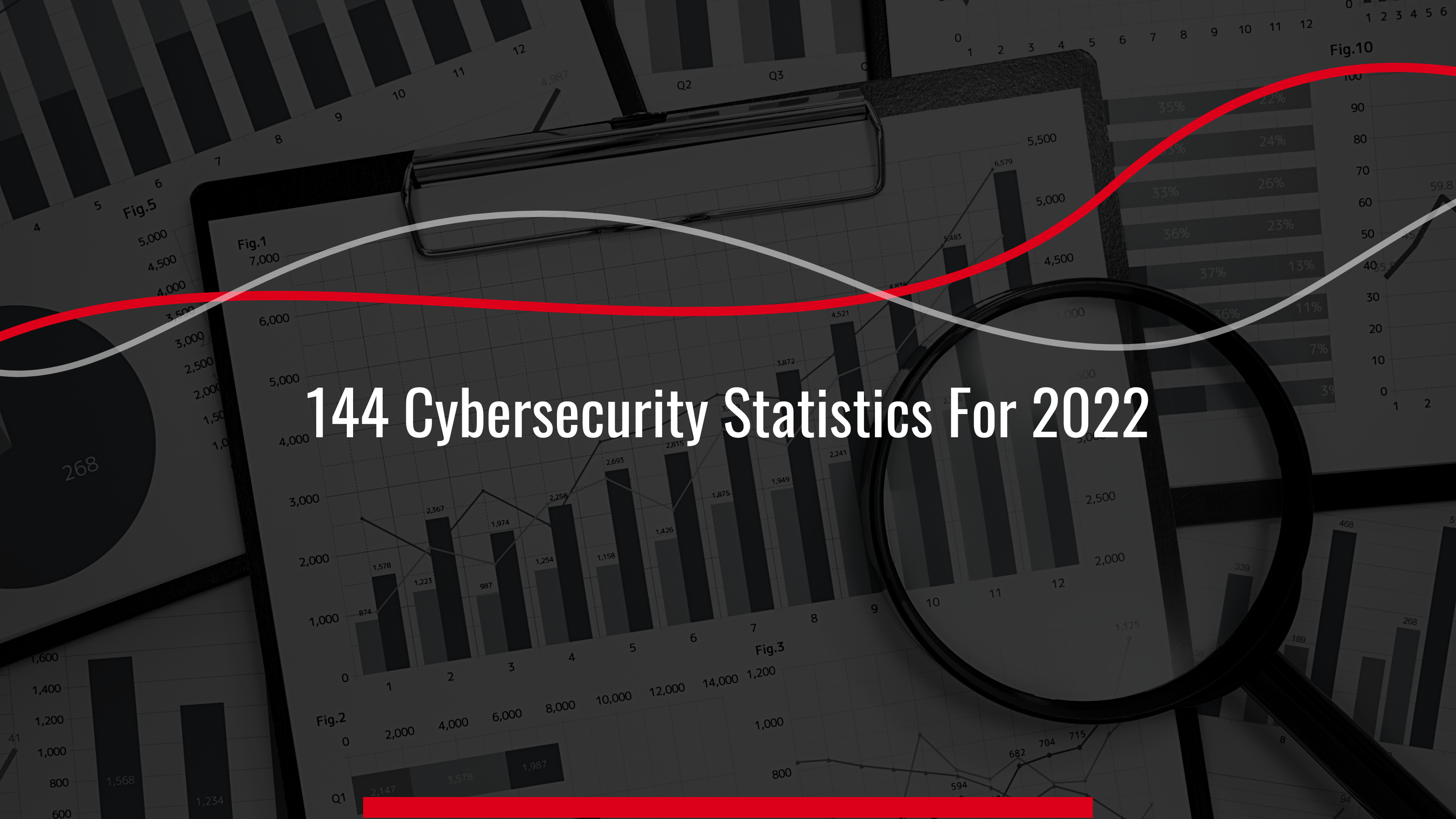Top 10 Data Breaches of 2022
Dec 26 2022
News
Data breaches can harm businesses, individuals, and governments and affect national security.


